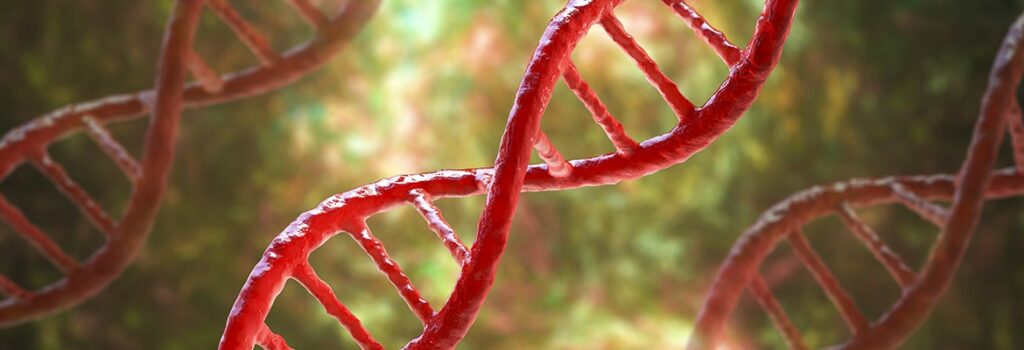Encouraging interim results for Hurler syndrome gene therapy
By Eleanor McDermid, medwireNews Reporter
Altering and reintroducing the haematopoietic stem and progenitor cells (HSPCs) of children with Hurler syndrome results in “extensive” correction of metabolic abnormalities, report researchers.
The study, published in The New England Journal of Medicine, involved eight children with mucopolysaccharidosis type I, Hurler variant, who lacked a suitable donor for allogeneic haematopoietic stem-cell transplantation (HCT), the current standard of care.
Instead, Alessandro Aiuti (San Raffaele Telethon Institute for Gene Therapy, Milan, Italy) and colleagues collected HSPCs from these children after stimulation with granulocyte colony-stimulating factor. They introduced into these cells a lentiviral vector encoding the enzyme α-L-iduronidase (IDUA), which is lacking in Hurler syndrome patients, under the control of the human phosphoglycerate kinase 1 gene promoter.
These altered cells were then transfused back into the patients, who were aged an average of 1.9 years at the time. Engraftment was “rapid and consistent”, report the researchers, with blood cell numbers all recovering within a month.
The children were followed up for between 1.46 and 2.90 years, during which all eight attained supraphysiological levels of IDUA, at a median of 108.0 μmol/L per hour, compared with 11.1 μmol/L per hour in age-matched healthy children, which resulted in normalised IDUA activity in the plasma.
In children with Hurler syndrome, the loss of IDUA activity leads to the accumulation of glycosaminoglycan (GAG) in peripheral organs and the central nervous system, and this is only partly corrected by allogeneic transplantation.
But in this study, all children had steep declines in urinary GAG, to achieve normal or near-normal levels, with seven achieving normal levels of heparan sulphate and six of dermatan sulphate.
Moreover, IDUA became detectable in the cerebrospinal fluid, while GAG levels fell, from a median of 2378 ng/mL at baseline to 335 ng/mL at 6 months in the case of heparan sulphate, for example.
This suggests “a rapid and profound metabolic correction of the [central nervous system]”, says the team.
All patients grew and developed within normal parameters during follow-up, and they had improvements in range of motion at the shoulder and knee, which became apparent from 6–9 months after HSPC transfusion.
There were a total of 19 serious adverse events, just one of which was potentially linked to treatment – an acute hypersensitivity reaction 12 days after gene therapy and coincident with administration of vancomycin.
In a related editorial, Sandhya Kharbanda and Christopher Dvorak, both from the University of California in San Francisco, USA, suggest that “we may be seeing the beginning of the end of allogeneic HCT for Hurler syndrome”, along with the risk of rejection or graft-versus-host-disease.
However, they list various shortcomings and potential issues to be addressed first, including the need for longer-term data in more children, further refinements of the technique and attention to whether the very high upfront cost balances the high longer-term costs associated with the current standard of care.
Nevertheless, they congratulate the researchers “for moving the field one step closer to an idealized therapy that will someday result in complete correction of Hurler syndrome with minimal toxic effects.”
News stories are provided by medwireNews, which is an independent medical news service provided by Springer Healthcare Ltd. © 2021 Springer Healthcare Ltd, part of the Springer Nature Group
N Engl J Med 2021; 385: 1929–1940

